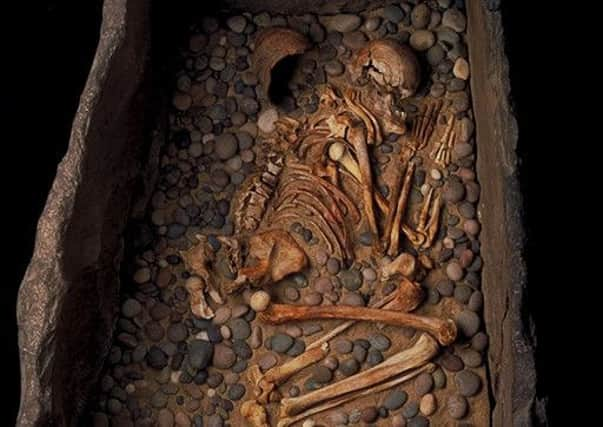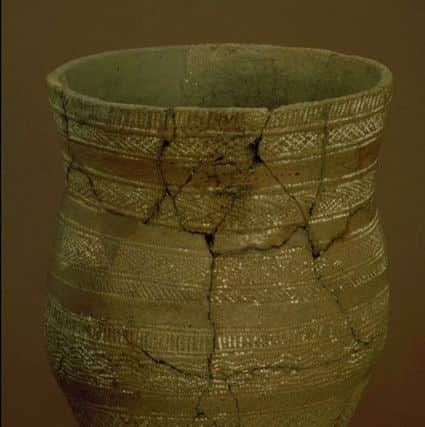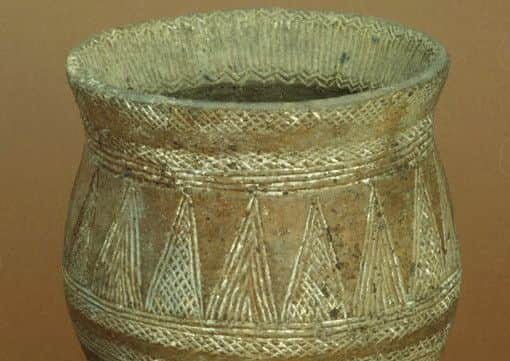Artefacts left by ancient Scots shed new light on way of life


The Beaker people are said to be part of a cultural and technological explosion which swept over northern Europe, identified by the distinctive decorated pottery beakers which were placed in their graves.
Authors Neil Curtis, head of museums at Aberdeen University, and Neil Wilkin, curator of the British and European Bronze Age collections at the British Museum, looked at earlier work.
Advertisement
Hide AdAdvertisement
Hide AdThey examined the “unusual” concentration of Beaker graves clustered between Inverness and Aberdeen and down the east coast and the items they contained.


And they found that beakers discovered in many of the graves were decorated with a white powder made from ground up bones - something that appears to be unique to the north-east of Scotland.
The appearance of beakers at burial sites was also tied to the building of distinct stone circles which can be found in the area, and which were revealed to date from the same period.
The authors said: “Much to people’s surprise, these megalithic monuments were not neolithic, but a younger and local development contemporary with the region’s Beaker burials.


“Elsewhere in Britain people spent great energy on building barrow mounds and funerary monuments, such as the Clava Cairns in the neighbouring Moray Firth region.
“But in north-east Scotland, communities focused their collective and ceremonial attentions on recumbent stone circles.
“Suddenly, there was an exciting new dimension to the puzzle of how and why north-east Scotland adopted new and international customs.”


Advertisement
Hide AdAdvertisement
Hide AdThe graves examined by Mr Wilkin and Mr Curtis follow a distinct pattern, with male remains typically placed on their left side and their heads facing the east, while women were put on their right side with their heads facing west.
A large number of the female burials were found also include those of infants, indicating the dangers of childbirth in the early Bronze Age.
While it may appear isolated on a map, this part of Scotland was a major hub during the Bronze Age, with trade travelling up the great Great Glen and sea links to the Netherlands and the east coast of Britain.
